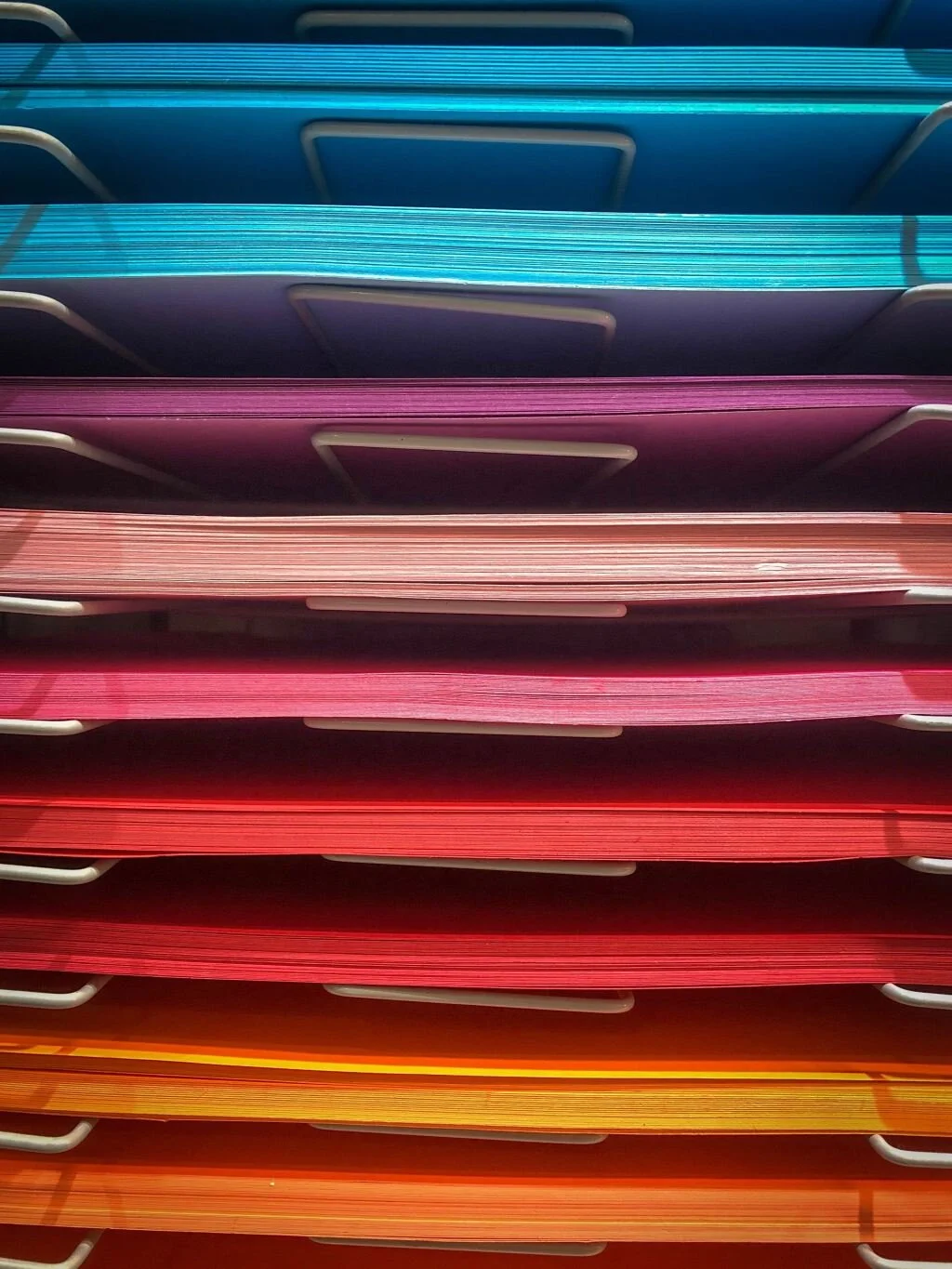Different Lossless and Lossy Photography File Formats Explained (RAW, DNG, JPEG, TIFF, PNG, GIF)
Once you've slayed your portrait session, finished up shooting with the squad, and/or ended your lone-wolf solo-photo recon mission, you'll most likely go home and save your images to your computer. You'll probably even convert them, edit some, and update your website / portfolio using your freshly captured bounty of pixel nectar.
You may end up asking yourself, what's the best way for me to store my files, what format is right for me?
Before deciding on your ideal workflow, it's critical as a photographer to understand a few different file formats and the difference between Lossless and Lossy file compression. A lossy file will store it's information in a compressed format which results in a smaller image file. The loss of information will lower the quality of your image. A lossless file will retain all relevant information to the image without loss of data, resulting in larger files and less space on your hard-drives.
Let's take a look at a few different photo file formats!
- RAW (Camera Raw File)
A RAW file is generated by your camera's sensor without compression. RAW files are lossless, which means as long as the file remains intact, it will remain of an extremely high-quality and retain metadata relevant to the camera settings at the time of creation. While RAW files can appear bleak at first without alteration you have more flexibility to optimize the image's ideal color cast, white balance, contrast, and exposure. When you edit a RAW file, the alterations are considered non-destructive since you are only adjusting the metadata that pairs with the file. All these edits can occur while the original file remains untouched.
RAW files are often memory intensive, so it's easier to fill up hard drives by storing your data as RAW images. As of yet, there is still no standard RAW file. While ADOBE has tried to standardize their open-source DNG RAW file format, camera manufacturers have continued to develop and optimize their proprietary RAW file formats, a few examples listed below:
Canon - .CRW / .CR2 / .CR3
Kodak - .DCR / .K25 / .KDC
Sony - .ARW / .SRF / .SR2
Leica - .RAW / .RWL
Hasselblad - .3FR
Olympus - .ORF
Pentax - .PEF
Nikon - .NEF
Fuji - .RAF
It's common that creative professionals and enthusiasts alike use RAW images while they edit in the digital darkroom. Afterwards, exporting their final result in a compressed format for portability.
- DNG (Digital Negative)
DNG is Adobe's open-source and proposed standardized file format for RAW image files. DNGs are lossless and aim to store image data in a generic and compatible format. The process of converting your Camera RAW files to DNG is recommended by some, as DNG files are about 15%-20% smaller than their Camera RAW counterparts without enduring a loss in quality.
DNG files still retain most of the RAW file's metadata as well with exception to few things like focus point, flash mount, and other data points that may not be needed to retain. Adobe also actively works to maintain the DNG file format by implementing new features and enhancements during each round of development.
There are two major drawbacks to converting your files to DNG:
It takes a long time to convert batches of camera RAW files to DNG, grinding your workflow down to a slow crawl.
Camera companies have not made any effort to fully adopt DNG as the industry standard format. While some programs are great at editing DNG files (like Adobe's Lightroom and Photoshop), other programs may have difficulty fully supporting DNG files.
Once you convert a RAW file to DNG, you will not be able to revert back to the original file format.
I have been converting my image files to DNG for years, and I highly recommend you do the same if you're positive you will continue to use Adobe products for post-processing. If all your image files are stored as DNG, it will be difficult to find other editing software that fully supports DNG files and you'll be stuck with Adobe products for better or worse.
- JPEG / JPG (Joint Photographic Experts Group)
JPEG files are used by most digital cameras (including your smartphones) as the default file format. It is by far the most common photo format and can be used to send images online and to process physical prints.
JPEG files however are lossy, meaning small details which are usually invisible to the human eye are removed using the compression algorithm in order to save space. Smaller versions of RAW files can be saved as JPEGs which will look exactly like the original file at the exported size, however when the image is expanded you will soon notice that the pixel resolution will not remain clean and loss of details will be noticeable. While the compression ratio is adjustable during image export, higher fidelity JPEGs are usually enough to render a pretty high-quality image without being impacted too much by the file size.
When converted to JPEG files, the image layers are flattened. This inhibits your ability to tweak previous edits if you were using layers. Additionally, since the files are lossy, if you edit the same file numerous times, the edited image will likely be of a lower quality than the original JPEG. This is because each time the file is altered & saved, it is passed through the compression algorithm, which in turn degrades the image quality.
This issue can be avoided if you retain an unedited original version which you can refer back to. Alternatively, you can just incorporate the use of RAW or DNG files in your workflow.
- TIFF (Tagged Image File Format)
TIFF files are lossless and widely popular amongst photographers, publishers, graphic designers, printers, digital artists, and UI / UX designers. Depending on the structure of the files, data is retained in layers. There are numerous editing programs that handle TIFF files well, a few of them are Lightroom, Photoshop, Illustrator, among many other programs that natively handle this file type. TIFF files are normally very large, sometimes much larger than the original RAW files, especially when numerous layers are present in one file.
- PNG (Portable Network Graphics)
PNG files are widely accepted amongst photographers and graphic designers. PNG files are lossless by nature and are easy to share on the web. The most distinct feature of PNG files is its ability to have a transparent background layer; usually denoted with a white and gray checkerboard background. This allows the seamless overlay of a PNG file as a layer in Adobe Photoshop, or similar editing software, without need much cleanup for the overlay. PNG files are usually larger than their JPEG counterparts, to account for the additional capabilities of the file type.
- GIF (Graphics Interchange Format)
A GIF is commonly used for moving images / memes found on the internet. These files are ideal for displaying animated graphics and visuals. It is common that web designers and graphic artists also use this file format to create logos and banners. Since GIF files undergo heavy compression algorithms, these files typically load quickly for display on the web. GIFs are very lossy, so it is not an ideal format to display high quality photos.
If you enjoyed this article, feel free to check out our Aerial and Timelapse YouTube Channel!



